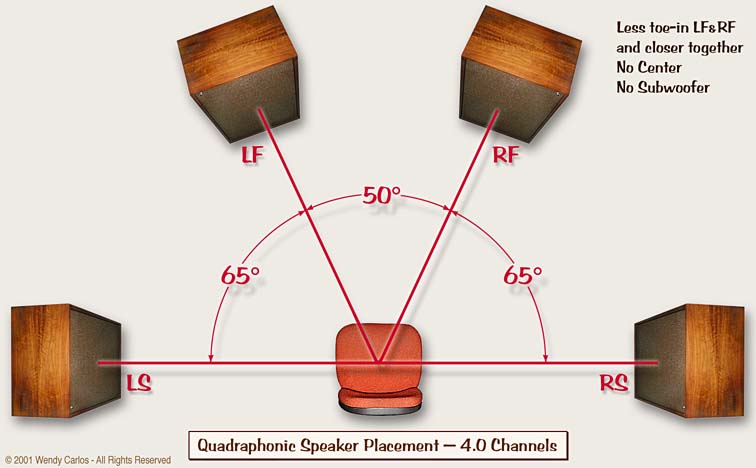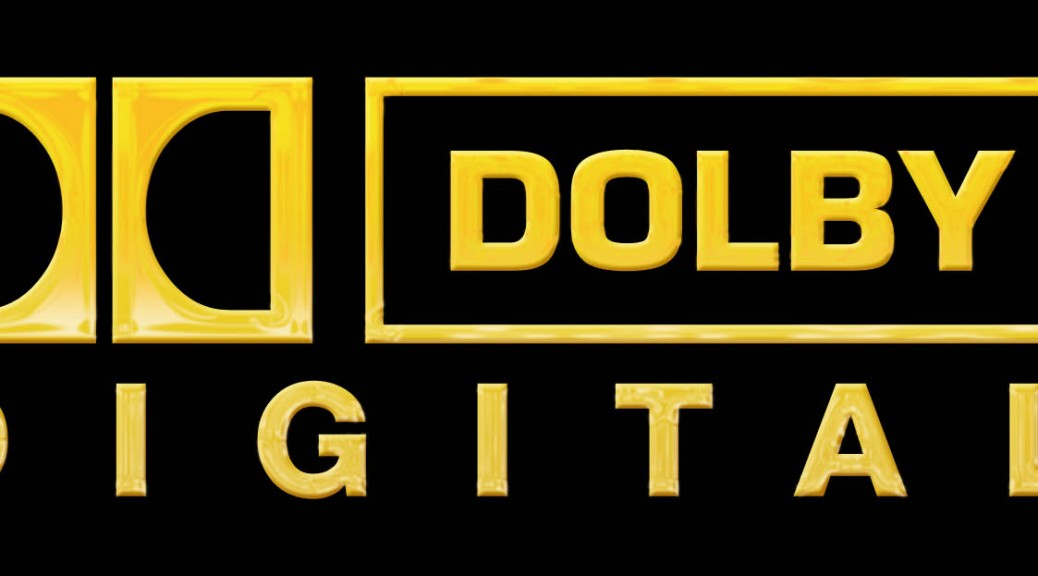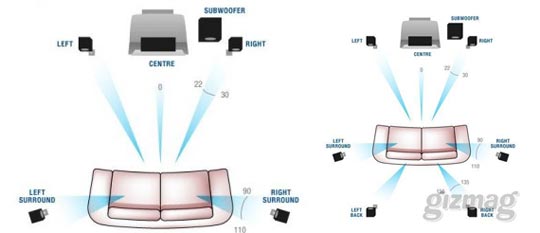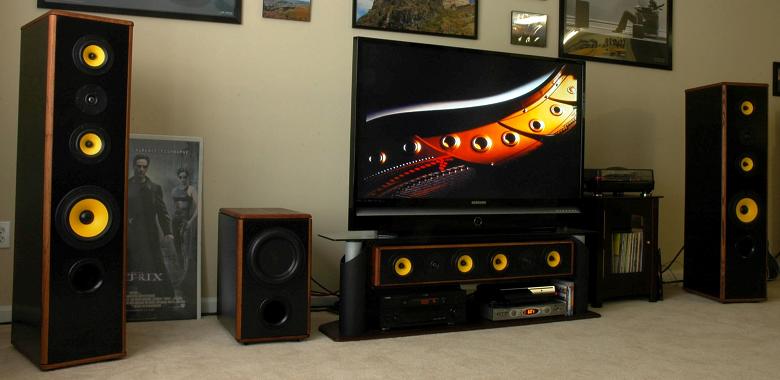The answer is both. The advent of Blu-ray has finally introduced uncompressed audio on home movies. That said Home Theatre (HT) lovers are not sitting down and listening to movies. They are sitting down and watching them and the audio quality is mostly for dialogue and special effects. While the sound effects have certainly improved, Blu-ray as a dedicated musical audio medium was a complete fail (though I have several albums that were released as such on my music server).
I think that there are some home theatre people out there that are beginning to explore the audio quality their elaborate systems are capable of, which can be an easy step since most universal players support SACD. Granted, most won’t know better and use an HDMI interconnect (Just say “no” to HDMI) which is a big “face palm” for audiophiles, but this is still a giant step in a direction that brings audio quality back to the main stream.
Then there is the chicken and egg analogy. The only reason people buy dedicated SACD players (which are expensive since they use an entirely different data sampling method and two lasers) are for their sound quality and to listen to music only. These players don’t even play movies. As such the SACD format stands on sound quality alone, so SACD is certainly not relying on the HT market for it’s existence. Rather, it is relying upon people who like to listen to music and are willing to pay extra for better quality. The SACD market is not built on HT, it is built in spite of it. It is built because people are going back to listening to music and not just sound effects. For what it’s worth, there are no movies that offer SACD quality sound. Doesn’t exist. Doesn’t matter.
Back in the early 1990s I gave up and finally sold my Martin Logan Sequel IIs and Adcom 555’s to drive them since it just didn’t make sense to own that system for playing regular quality CDs. What’s interesting is that I didn’t become interested in digital audio again until nearly 15 years later when I installed a descent Home Theatre and started to experiment by listening to SACDs and DVD-Audio discs on it. I immediately knew these sounded far better than CDs and figured it was time to investigate further (The pecking order of high end audio source formats). So ironically it was the HT system to led me back down the path to sitting down and listening to music again. And… I also fell in love with some of the stunning 5.1 channel mixes (Quadrophonic Sound… Realized.), but that’s a different story.
All dedicated SACD players out there are for the audio market only and most are only 2 ch at that. The exception is a “Universal” player such as many Denon’s, Oppo’s and others. But SACD audiophiles would more likely stick to the 2 ch versions w/o the video circuitry, which can do bad things to audio signal paths. The benefit of the crossover for those who have 5.1 already in place for their HT is that they can play the 5.1 surround mixes that some of the SACDs offer.
Then there’s the MTV generation that got everyone listening to music from their TVs for years. Certainly that did not help audiophiles in any meaningful way I can think of. But… there is still the occasional HT guy that happens to have an Universal player (and probably didn’t even know it plays SACDs when he bought it) and buys an SACD and sits down in front of his HT system (with the video off) and, lo and behold, actually just listens to music again. This convert might be so appreciative of the sound quality their system is capable of that they are… like, I think I’ll get some more of these SACDs and just sit down and listen to music more often. And that’s great! The more the better in fact, it will keep the format alive.





